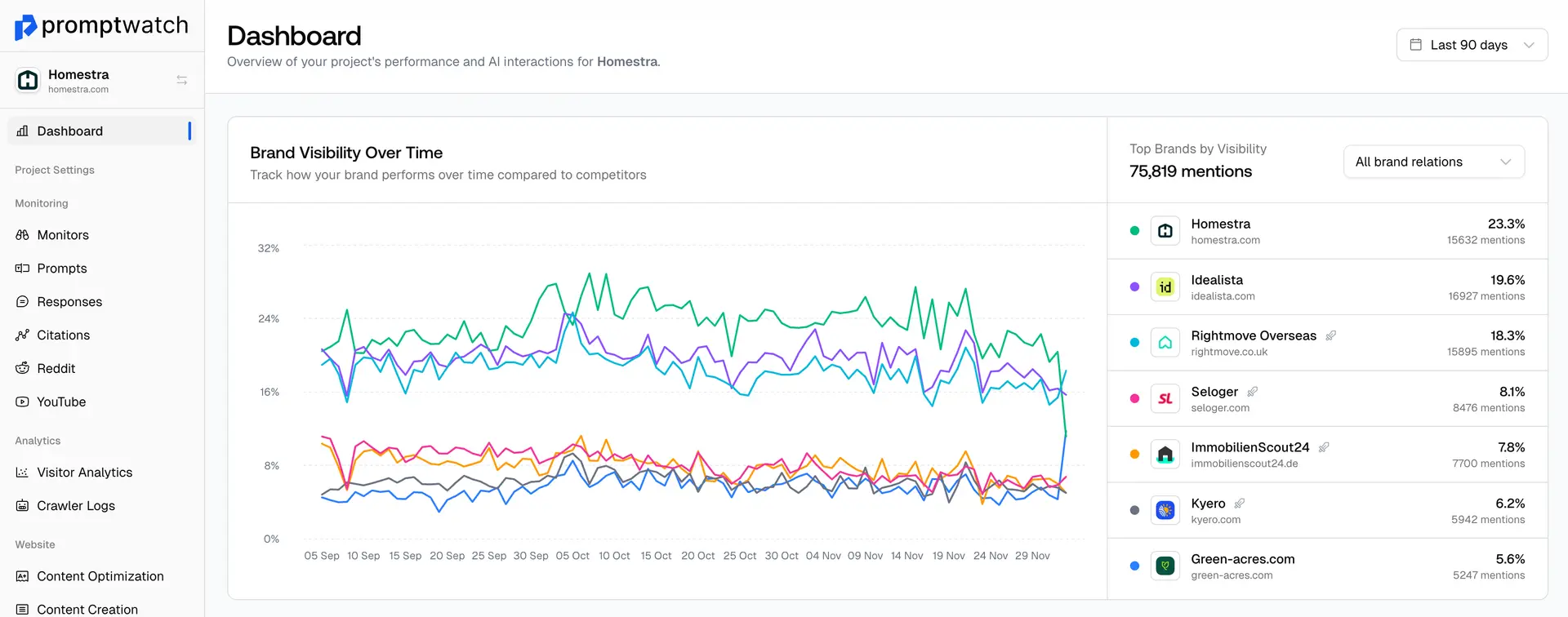Definition
Bounce Rate is a web analytics metric that measures the percentage of visitors who leave a website after viewing only one page without taking any additional actions or navigating to other pages on the site. A high bounce rate typically indicates that visitors aren't finding what they're looking for, the content doesn't match their expectations, the page loads too slowly, or the user experience is poor.
However, bounce rate interpretation depends on context - some pages like blog posts or contact information pages may naturally have higher bounce rates if they fully satisfy user intent on a single page. Bounce rate is calculated by dividing single-page sessions by total sessions for a specific page or website.
For AI-powered search and GEO optimization, bounce rate is important because it serves as a user engagement signal that search engines and AI systems may consider when evaluating content quality and relevance. High bounce rates might indicate to AI systems that content doesn't satisfy user intent, potentially affecting how likely that content is to be cited or referenced. Conversely, low bounce rates suggest engaging, relevant content that keeps users interested.
Improving bounce rate involves ensuring page content matches search intent and expectations, optimizing page loading speed and performance, improving content quality and readability, enhancing navigation and internal linking, implementing responsive design for all devices, and creating compelling calls-to-action that encourage further engagement.
Examples of Bounce Rate
- A blog reducing bounce rate from 70% to 45% by adding related article suggestions and improving content structure
- An e-commerce site decreasing bounce rate by optimizing product page load times and adding better product recommendations
- A business website improving bounce rate by ensuring landing page content matches ad copy and search intent
- A news website reducing bounce rate by implementing better related article recommendations and improving mobile user experience
